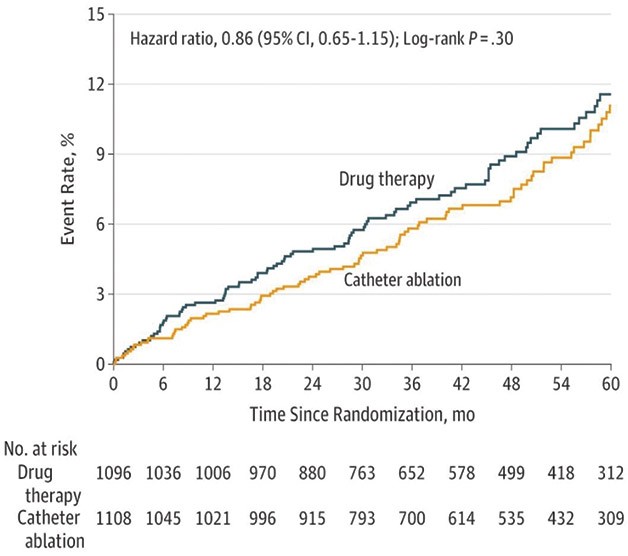| ● | a discount for the lack of marketability of the common stock. |
An increase or decrease in any of the unobservable inputs in isolation could result in a material change. In the future, depending on the weight of evidence and valuation approaches used, these or other inputs may have a more significant impact on the estimated fair value.
Convertible Notes Valuation
As permitted under ASC 825, Financial Instruments (“ASC 825”), Adagio elected the fair value option to account for the October 2022 Convertible Notes, the April 2023 Notes, the November 2023 Notes, the 2024 Bridge Financing Note, the May 2024 Notes, and the June 2024 Notes in order to measure those liabilities at amounts that more accurately reflect the current economic environment in which Adagio operates.
Adagio recorded the October 2022 Convertible Notes, the April 2023 Notes, the November 2023 Notes, the 2024 Bridge Financing Note, the May 2024 Notes, and the June 2024 Notes at fair value at issuance and subsequently remeasures them to fair value at each reporting period. The change in fair value of the convertible notes, excluding amounts related to interest, is recorded in “Convertible notes fair value adjustment”, while amounts related to interest are recorded as interest expense in the condensed consolidated statements of operations and comprehensive loss.
As a result of applying the fair value option, direct costs and fees related to the issuance of the October 2022 Convertible Notes, the April 2023 Notes, the November 2023 Notes, the 2024 Bridge Financing Note, the May 2024 Notes, and the June 2024 Notes were expensed as incurred (i.e., not recognized as deferred costs). Refer to Note 4 — Fair Value Measurements in our condensed consolidated financial statements for the periods ended June 30, 2024 and December 31, 2023 for additional detail.
As of June 30, 2024, Adagio calculated the value of the convertible notes based on the equity value from 409(a) valuations, considering the expected payoff of the convertible notes upon different types of events.
Utilizing the PWERM, Adagio assessed the probability that the October 2022 Convertible Notes would be converted to common stock through the result of a mandatory prepayment, PIPE Financing, or no PIPE Financing and no Qualified Financing (refer to Note 8-Debt in our condensed consolidated financial statements for the periods ended June 30, 2024 and December 31, 2023 for additional detail), weighted with a probability of 0%, 95% and 5%, respectively, as of June 30, 2024.
Utilizing the PWERM, Adagio assessed the probability that the April 2023 Notes, November 2023 Notes, May 2024 Notes, and June 2024 Notes would be converted to common stock through the result of a liquidation event, PIPE Financing, or no PIPE Financing and no Qualified Financing, weighted with a probability of 0%, 95% and 5%, respectively, as of June 30, 2024. Adagio also implied a credit spread by calibrating the value of the April 2023 Notes at issuance to the par value and then adjusted the calibrated credit spread for seniority difference and the market related movements as appropriate.
Utilizing the PWERM, Adagio assessed the probability that the 2024 Bridge Financing Notes would be converted to common stock as a result of a liquidation event, consummation of a transaction, or no transaction and no Qualified Financing, weighted with a probability of 0%, 95% and 5% as of June 30, 2024.
As of December 31, 2023, Adagio calculated the value of the convertible notes based on the equity value from 409(a) valuations, considering the expected payoff of the convertible notes upon different types of events.
Utilizing the PWERM, Adagio assessed the probability that the October 2022 Convertible Notes would be converted to common stock through the result of mandatory prepayment, Private Investment in PIPE Financing, or no PIPE Financing and no Qualified Financing, weighted with a probability of 20%, 40% and 40%, respectively, as of December 31, 2023.
Utilizing the PWERM, Adagio assessed the probability that the April 2023 Notes and the November 2023 Notes would be converted to common stock as a result of a liquidation event, PIPE Financing, or no PIPE Financing & no Qualified Financing, weighted with a probability of 20%, 40% and 40% as of December 31, 2023. Adagio also implied a credit spread by calibrating the value of the April 2023 Notes at issuance to the par value and then adjusted the calibrated credit spread for seniority difference and the market related movements as appropriate.
















